My name is Rose Kirk-Landry and I am interning in environmental engineering at the University of Utah in Salt Lake City. This week I worked on some coding and building temperature sensors. The current goal for the rest of my time here is to make more sensors, learn more advance programming, and combine those skills to record temperature data in different locations. Time permitting, I may be able to work on some atmospheric gas sensors towards the end of the internship.
Monday – during a meeting with different researchers across a few departments, my co-intern Sophia and I gave a presentation about atmospheric CO2 sensors. We talked about background information, benefits, drawbacks, and applications of atmospheric sensors. Although there are many types and subtypes, we focused on electrochemical, metal oxide semiconductor (MOS) and non-dispersive infrared (NDIR) sensors. After the meeting, we visited one of the labs near the Civil and Material Engineering building (CME), where we saw the PICARRO machine (left) and 3D anemometer (right). The PICARRO is a very precise (and very expensive) atmospheric sensor that can pick up many different substances such as carbon monoxide (CO), carbon dioxide (CO2), methane (CH4) at parts-per-billion, and water (H2O) vapor at parts-per-million sensitivity. The 3d anemometer is an instrument that can ascertain the speed and 3d direction of wind through sound waves that travel between components.
Tuesday – on Tuesday I worked on basic arduino coding and building with the other two interns and our mentor, Dr. Ting Xiao. We focused on simple tasks like making built-in and added LEDs light up at different intervals.
Wednesday/thursday – I started the morning trying to download 3D modeling software and then eventually figured out how to make a box. In the afternoon I got to visit a different lab that deals with the different properties that materials and rock cores (left) from various locations exhibit when they are put under extreme stress. The machine on the right is loaded with the rock cores and is able to measure how much pressure the core can withstand in all 3 dimensions.
Friday – we built and programmed a temperature sensor using an arduino computer, breadboard, wires, sensor, LED, and resister. We then tested it by recording the temperature change when we were holding the sensor (temp increase) or waving it in the air (decrease).
Other – Last weekend, I drove to Moab with my host mom. We saw so many cool rock formations and plants. While I was there, I stopped by a local pottery studio and made some bowls for their annual fundraiser as well as a large vase for their silent auction. I spent a little bit of time at the SLC pottery studio this week as well. I ended up making the two largest pieces that have ever been made at that studio! On Wednesday, the whole team met for a barbecue after work. I learned so many interesting things about peoples’ research inside and outside of the university including subsurface engineering, wildfire smoke analysis, and atmospheric data collection.

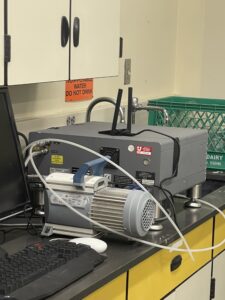
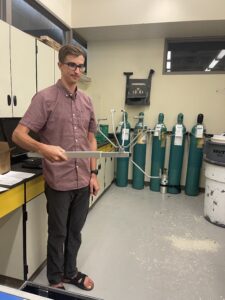
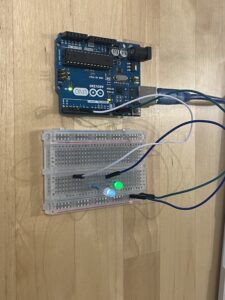
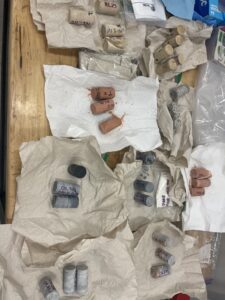
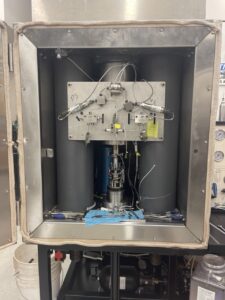
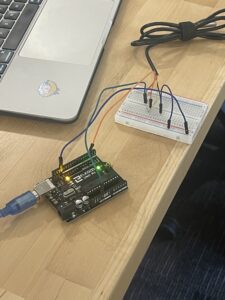
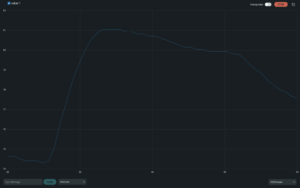
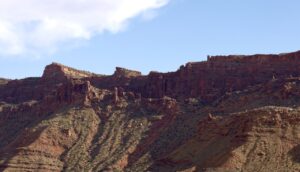
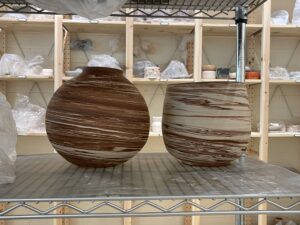
Rose, it sounds like you are learning so many incredible things! Reading about the rock cores is fascinating! Those pots that you threw are beautiful, I have never seen clay that looks quite like that!
It is a pleasure to read you Rose, because you write very well and use some big words – like ascertain – appropriately. Did those bowls get glazed and finished? I am not sure if I saw photos of the final product.